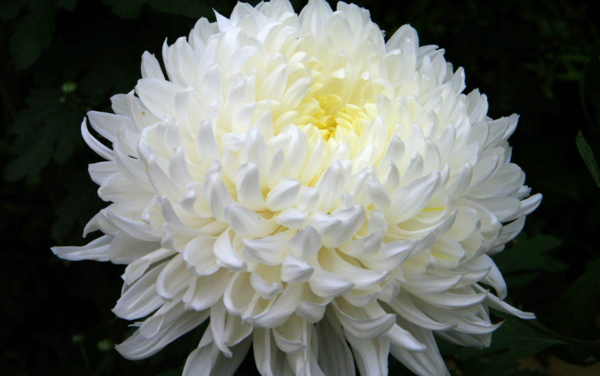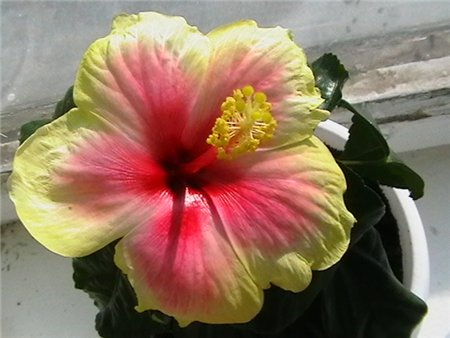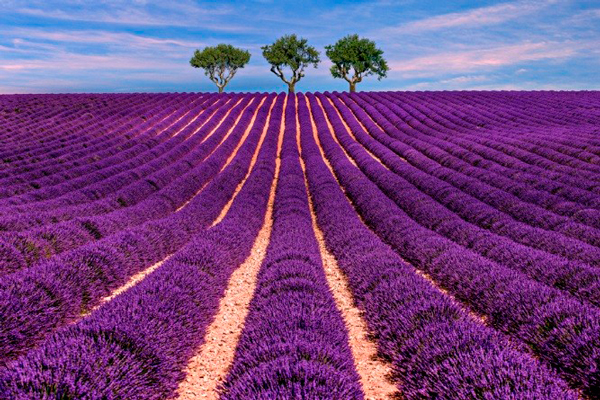choose rose
Agave
 The extensive genus of agaves unites approximately 300 species native to North and Central America. Agaves are very undemanding plants. The name was given in honor of Agave – the daughter of one of the ancient mythical kings.
The extensive genus of agaves unites approximately 300 species native to North and Central America. Agaves are very undemanding plants. The name was given in honor of Agave – the daughter of one of the ancient mythical kings.
Agave is a fairly powerful plant with succulent leaves. The leaves have an aquiferous tissue, which allows them to spend moisture during dry periods very economically. The diameter of the leaf rosette reaches 2.5 m. The leaves are large, solid, fleshy, wide or narrow, ending in strong spines; most species have strong bent or straight thorns at the edges of the leaves. The color of the leaves is gray, green, bluish-green, in some species yellow or white stripes or whitish threads are split along the edges of the leaves, split off from the edges. The leaves are covered with a thick waxy coating.
Agave blooms once in a lifetime – after flowering it dies, leaving numerous root offspring. A high peduncle (up to 10 m) appears from the middle of the outlet and bears several thousand (2 to 8) beautiful bell-shaped flowers collected in panicled inflorescences. Indoor plant never blooms. Continue reading
HOW TO CORRECTLY COMBINE FLOWERS IN A BOUQUET
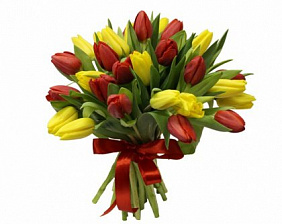 The art of composing floral arrangements has been constantly improved since its appearance many centuries ago. Florists make bouquets, guided by the classical canons of harmony, fashion trends and the rules for combining plants with each other. Given them, you will get an elegant, effective composition that will remain fresh for a long time and will delight you with a beautiful play of colors.
The art of composing floral arrangements has been constantly improved since its appearance many centuries ago. Florists make bouquets, guided by the classical canons of harmony, fashion trends and the rules for combining plants with each other. Given them, you will get an elegant, effective composition that will remain fresh for a long time and will delight you with a beautiful play of colors.
PLANTS WHICH ARE COMBINED AND DO NOT COMBINE ANOTHER WITH ANOTHER
Combinations of flowers When choosing a bouquet or composing it yourself, it is worth remembering – not all flowers can be combined. If we talk exclusively about aesthetics, existing canons, then florists do not recommend combining bulbous plants with woody ones (tulips, for example, will not fit roses) and include different flowers with large, catchy buds in the composition. According to classical rules, the bouquet should have one visual center – several large flowers will shift the emphasis, expressiveness will be lost. In avant-garde compositions, the principle can be violated. Continue reading
Rome, wife and Finnish nature: what inspired the authors of musical masterpieces about flowers?
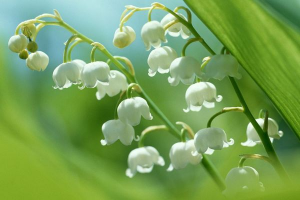 Any of us will name a couple of musical works, in the name of which certain flowers appear. What inspired the authors of these masterpieces and are all these compositions dedicated to the picturesque beauty of flowers?
Any of us will name a couple of musical works, in the name of which certain flowers appear. What inspired the authors of these masterpieces and are all these compositions dedicated to the picturesque beauty of flowers?
Nature and music are inseparable manifestations of the beautiful
From bell to aquilegia
One of the most amazing classical works is the cycle of piano pieces by the composer Jan Sibelius “Flowers”. It is known that the Finnish musician admired nature. Interestingly, the floral works of Sibelius are not without mysticism: for the composer, it mattered that some of the flowers that inspired him were considered sacred in his homeland – in Finland. Continue reading
